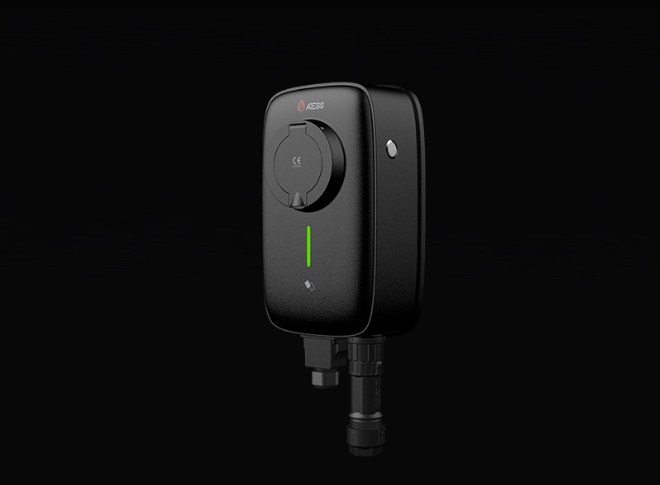With the increasing adoption of electric vehicles, the demand for reliable and efficient charging solutions has surged. The Atess AC EV charging station exemplifies how innovative technology can enhance the charging experience for consumers. Designed for home use, this charging station combines essential features such as IP55 ingress protection and a compact design to deliver convenience and peace of mind.
IP55 Ingress Protection: A Secure Choice for Outdoor Installation
The Atess NANO EVA-07/11/22S-S AC EV charging station boasts an IP55 ingress protection rating. This standard indicates that the unit is well-protected against dust and can withstand low-pressure water jets from any direction, making it ideal for outdoor installations. Users can confidently set up their AC EV charging station in various weather conditions without worrying about potential damage from environmental factors. This durability ensures that electric vehicle owners can access charging options regardless of the location or weather, thereby enhancing the overall usability of the product.
Compact and Exquisite Design
Weighing less than 2.1 kg, the Atess AC EV charging station is designed with space efficiency in mind, making it suitable for home environments where space may be limited. Its compact and exquisite design allows for easy installation in tight spaces, ensuring that homeowners can integrate EV charging solutions into their existing setups without disruption. This lightweight nature does not compromise on functionality, allowing the station to deliver reliable performance while maintaining an aesthetically pleasing appearance.
Conclusion
The Atess AC EV charging station combines thoughtful engineering with essential protective features for optimal outdoor use. Its IP55 ingress protection ensures reliability in various weather conditions, while its compact design caters to the needs of modern homes. As more consumers embrace electric vehicles, the role of versatile and protective charging solutions like the Atess AC EV charging station becomes increasingly significant in fostering sustainable transportation practices.
